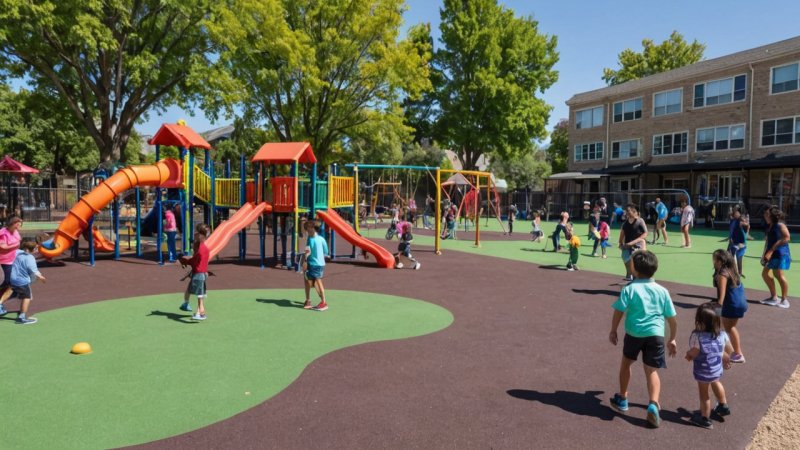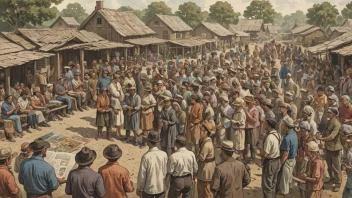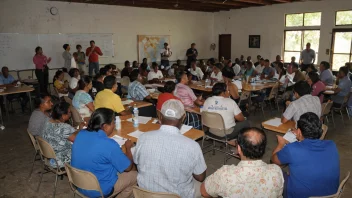What are play spaces and why are they important?
Play spaces, such as parks, playgrounds, and recreational areas, are designated environments where children can engage in free play. They are crucial for child development as they provide opportunities for physical activity, social interaction, and cognitive growth. Play spaces contribute to a child's emotional well-being by fostering creativity and imagination.
How does play contribute to a child's physical health?
Play is essential for physical health as it encourages children to engage in various forms of movement, which helps in developing their muscles and coordination. Activities like climbing, running, and jumping enhance cardiovascular fitness, build strength, and promote a healthy weight. Regular physical play also reduces the risk of childhood obesity and associated health problems.
In what ways do play spaces enhance social skills?
Play spaces provide a platform for children to interact with peers, learn cooperation, and develop essential social skills. Through play, children learn to negotiate roles, share resources, and resolve conflicts. These experiences are foundational for building friendships and understanding social dynamics, which are crucial for their overall development.
What role do play spaces have in cognitive development?
Engaging in play stimulates cognitive development by encouraging problem-solving, critical thinking, and creativity. Children who have access to diverse play environments are more likely to explore, experiment, and engage in imaginative play, which enhances their ability to think abstractly and develop language skills.
How can communities create inclusive play spaces?
Creating inclusive play spaces involves designing environments that cater to children of all abilities. This can be achieved by incorporating accessible equipment, sensory-rich environments, and adaptive play features. Engaging with community members, especially parents and children, during the planning process ensures that the needs of all users are considered.
What are some examples of successful community play spaces?
Numerous communities around the world have developed successful play spaces that serve as models for others. For instance, the High Line in New York City transformed an abandoned railway into a vibrant park that encourages play and exploration. Similarly, Play:groundNYC is a pop-up adventure playground that provides children with unstructured play opportunities in a safe environment.
How can individuals get involved in promoting play spaces in their communities?
- Advocacy: Join local advocacy groups focused on community development and child welfare.
- Volunteer: Participate in community clean-up events or park maintenance days.
- Organize: Host community meetings to discuss the need for play spaces and gather support.
- Educate: Share information with fellow community members about the benefits of play spaces for child development.
What challenges do communities face in developing play spaces?
Common challenges include limited funding, lack of space, and competing priorities within community planning. Additionally, some communities may experience resistance from local authorities or residents who do not see the immediate benefits of investing in play spaces. Overcoming these obstacles often requires strong advocacy, community engagement, and collaboration.
What is the future of play spaces in urban development?
The future of play spaces is increasingly being recognized in urban development. Cities are beginning to incorporate play into their planning processes, understanding its importance for public health, community cohesion, and child development. Innovations such as nature-based play areas and multi-functional spaces are emerging as trends that prioritize play in urban settings.
As communities continue to recognize the vital role that play spaces play in child development, we can expect to see more initiatives aimed at creating accessible, safe, and engaging environments for children to thrive. By working together, individuals and communities can make a significant impact on the lives of children, fostering environments where they can learn, grow, and play.






